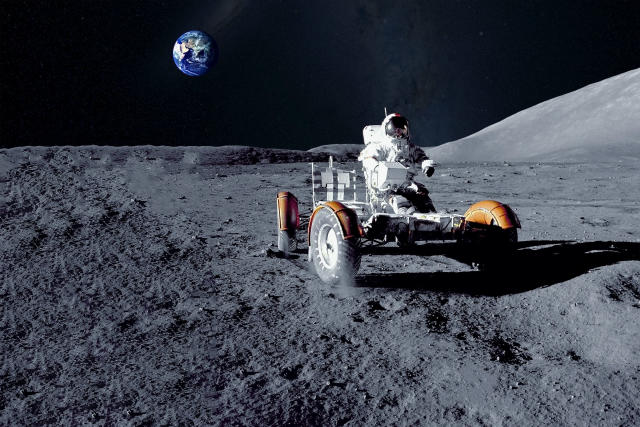They’re preparing for possible lunar observations during Artemis 2’s an almost 10-day trip in September 2025. Researchers are assigning photographers to watch for lunar surface flares. Similar lights to those seen during Apollo missions may reveal meteoroid collisions.

Exploring Lunar Mysteries Beyond Moon’s Reach
NASA‘s Space Launch System rocket will launch NASA‘s Orion spacecraft for Artemis 2’s lunar flyby. Researchers are preparing photographic targets for the crew’s closest approach as they cruise 4,600 miles beyond the moon. To comprehend the moon’s environment, we observe color variations, surface textures, and characteristics.
About 5 meteoroids hit the moon every hour, according to Earth-based observations. An astronaut’s suit is unlikely to be hit, but it could produce large lunar craters. Archives of Artemis missions may benefit lunar study.
READ ALSO: Attractive Set but No News at National Space Council Assembly
Artemis Missions Pave the Way for New Discoveries
Video is better for filming impact flashes than still photographs due to their short duration. Artemis missions are eagerly used by the lunar science community to study lunar dynamics despite the low meteoroid risk.
While not expected to shoot flashes, Artemis operators will gather lunar science data by observing and describing the lunar environment. These expeditions to the moon with Artemis promise discoveries and a better understanding of Earth’s nearby satellite.
Artemis missions allow astronauts to study the moon’s secrets and build on Apollo‘s legacy. Technology and science are allowing us to explore the moon and reveal its secrets for future generations.
READ ALSO: Riveting Space Rescue Unfolds as Orbital Mishap Threatens Mission




